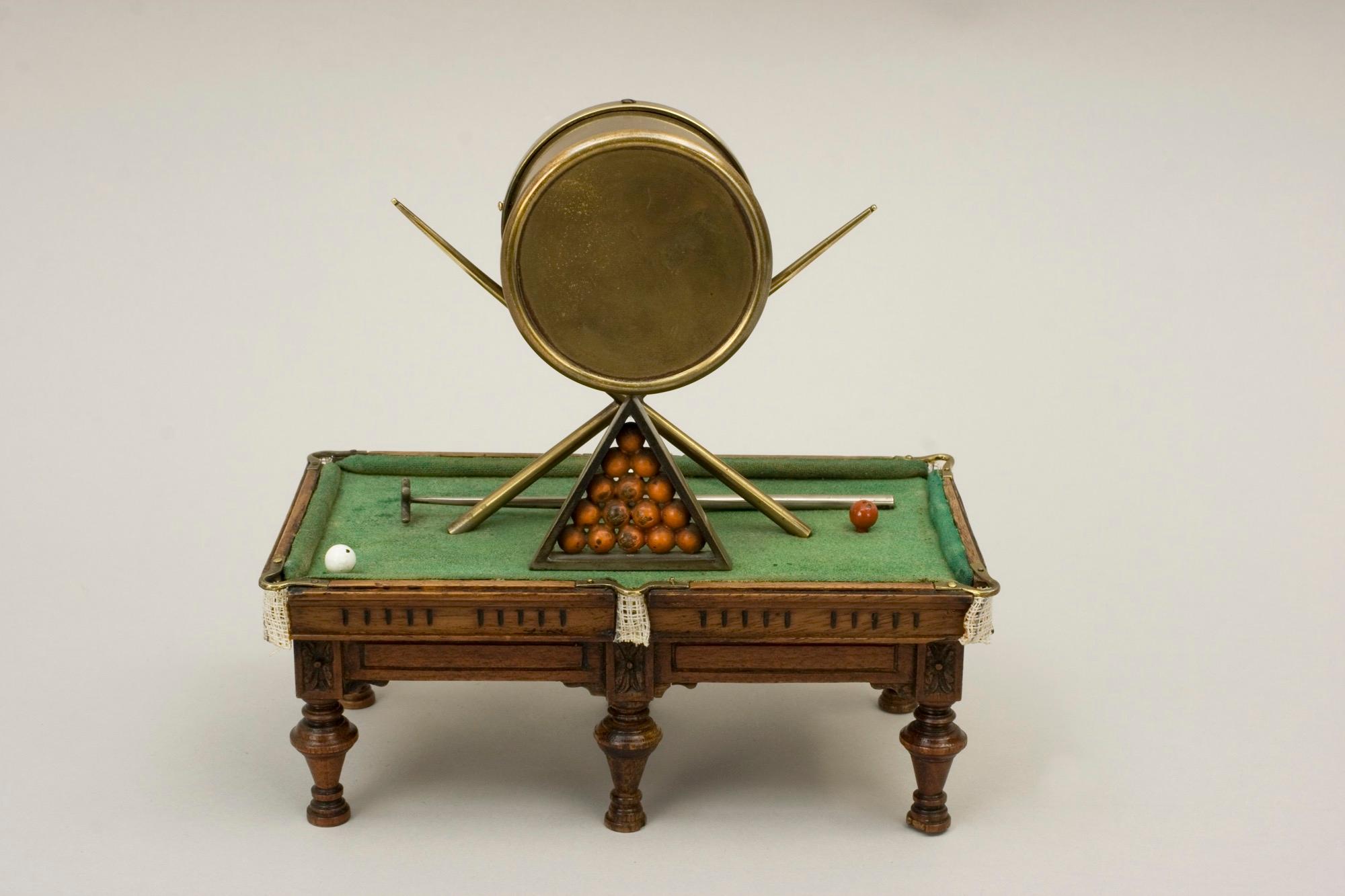
It was about a foot high, of great beauty and fine workmanship. In essence it is a tall clockcase in miniature, forming a framework for a watch and as such is more of a novelty.Ībout 1770 Simon Willard and a few others of the American grandfather clock period, experimented with a wall clock of small size. It is simply a solid case about a foot high with a watch movement instead of that of clock design with weights and pendulum. The timepiece which we classify as the grandchild is not a true clock. I believe the invention was of English origin and generally they are of the type of clock made about 1770. It is difficult to find grandmother clocks, whether of English or American provenance. Here the movement as well as the case is of reduced size. Their cases tend to what would be called a short-broad type in human beings. The true grandmother clock has a case from three to four feet tall with other dimensions in proportion. The movements are those of the standard grandfather clock in size and proportions with the 39:1 inch seconds pendulum.Ī Grandchild Clock: The movement is a watch. Such classification is logical, since all these clocks vary principally in the height of the case. The grandfather group may be subdivided into the tall type, which may range from over eight feet in height to not less than six feet five inches and the shorter type, sometimes, and I believe erroneously, called the grandmother, which runs from about five feet to the lower limit of the tall group. No true miniature has a case tall enough to house a movement with a pendulum of this length.Ĭonsidering the grandfather as the standard size, a simple and sensible classification of the clocks of this design in descending sizes is, grandfather, grandmother, and grandchild.

They classify as the movement with a seconds pendulum, 39.1 inches long a half second, 9.8 inches and a quarter second, 2.5 inches, which should be kept in mind since it has a definite bearing on the size of case required. This design was followed by others in which the pendulum was shorter.

The tall-case clock of standard works, with a royal or long pendulum up to 65 inches in length, was first made in England about 1676.

At the time of its dispersal ten years ago, this was one of the outstanding collections of English timepieces yet it did not include a single example that could be designated as a miniature. These tall-cased clocks sometimes towered eight feet overall, and that English clockmakers did not often produce them in miniature is evidenced by the famous Weathersfield Collection. When the clockmakers of Holland worked in the little, they made clocks of this design but the craftsmen of England and America (in the rare instances when they made miniatures) largely devoted themselves to making timepieces that were essentially reduced scale models of the tall or grandfather type. The so-called “canal boat” or small-sized hooded clocks of the Low Countries are practically unobtainable and few examples of them are found even in important collections. Small lantern and even earlier types are eagerly sought by collectors and, while there are relatively plenty of full-sized hooded clocks of the Dutch and Friesland varieties, miniatures of them are rarely found. A Terry Type Clock in Miniature: The clock, about two-thirds the size of one of standard size, was made by Mark Leavenworth, Waterbury, Conn., about 1825.


 0 kommentar(er)
0 kommentar(er)
